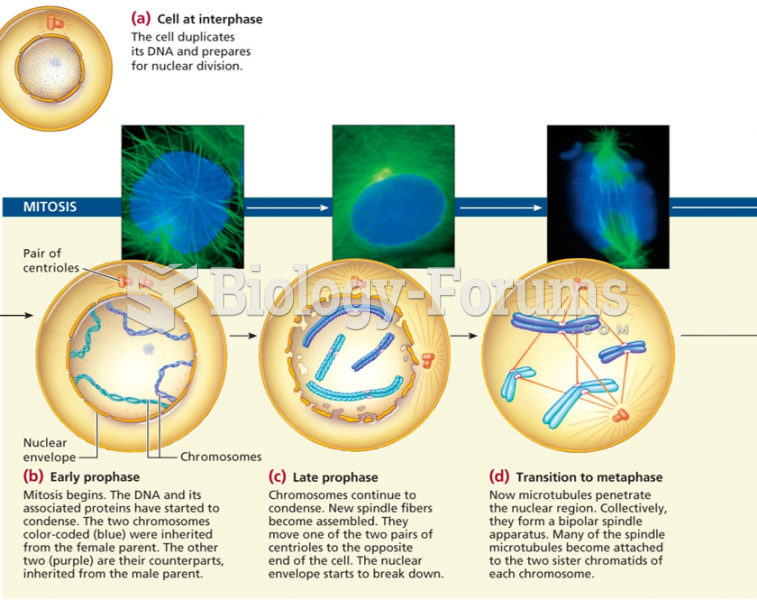|
|
|
The people with the highest levels of LDL are Mexican American males and non-Hispanic black females.
Asthma cases in Americans are about 75% higher today than they were in 1980.
The average human gut is home to perhaps 500 to 1,000 different species of bacteria.
Though the United States has largely rejected the metric system, it is used for currency, as in 100 pennies = 1 dollar. Previously, the British currency system was used, with measurements such as 12 pence to the shilling, and 20 shillings to the pound.
Looking at the sun may not only cause headache and distort your vision temporarily, but it can also cause permanent eye damage. Any exposure to sunlight adds to the cumulative effects of ultraviolet (UV) radiation on your eyes. UV exposure has been linked to eye disorders such as macular degeneration, solar retinitis, and corneal dystrophies.







